Philips
Imagining healthcare in 2050
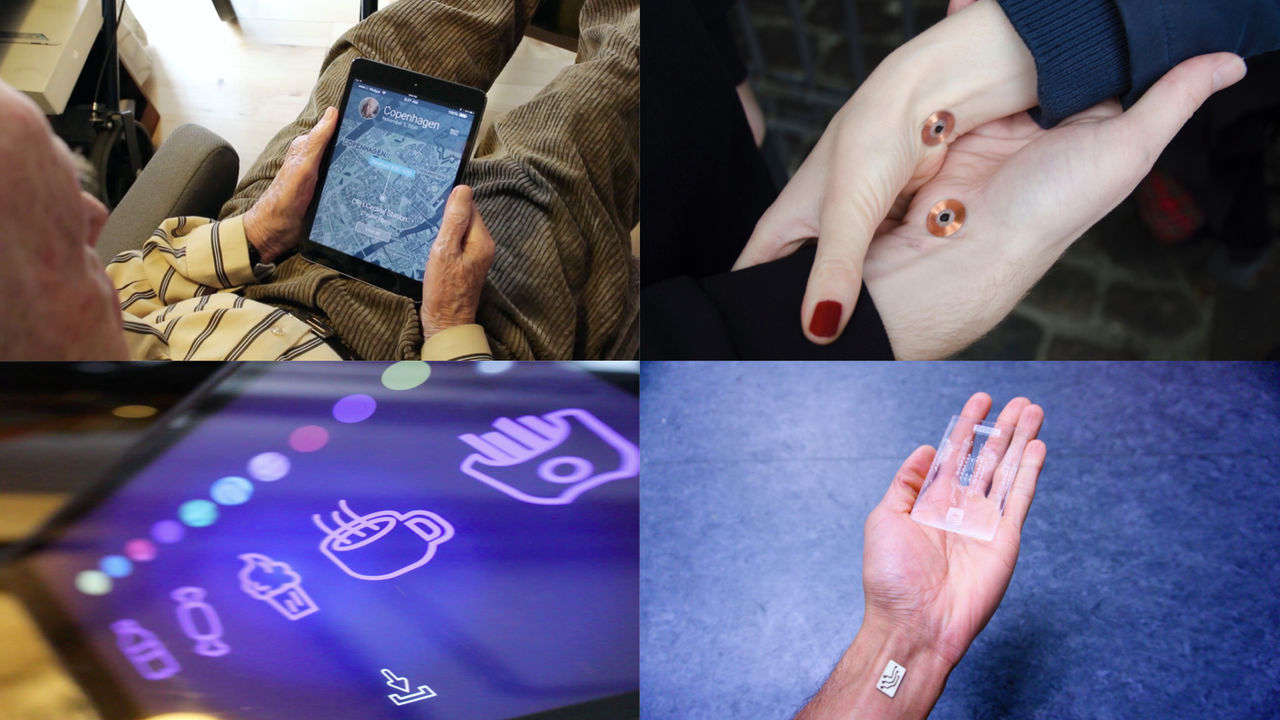

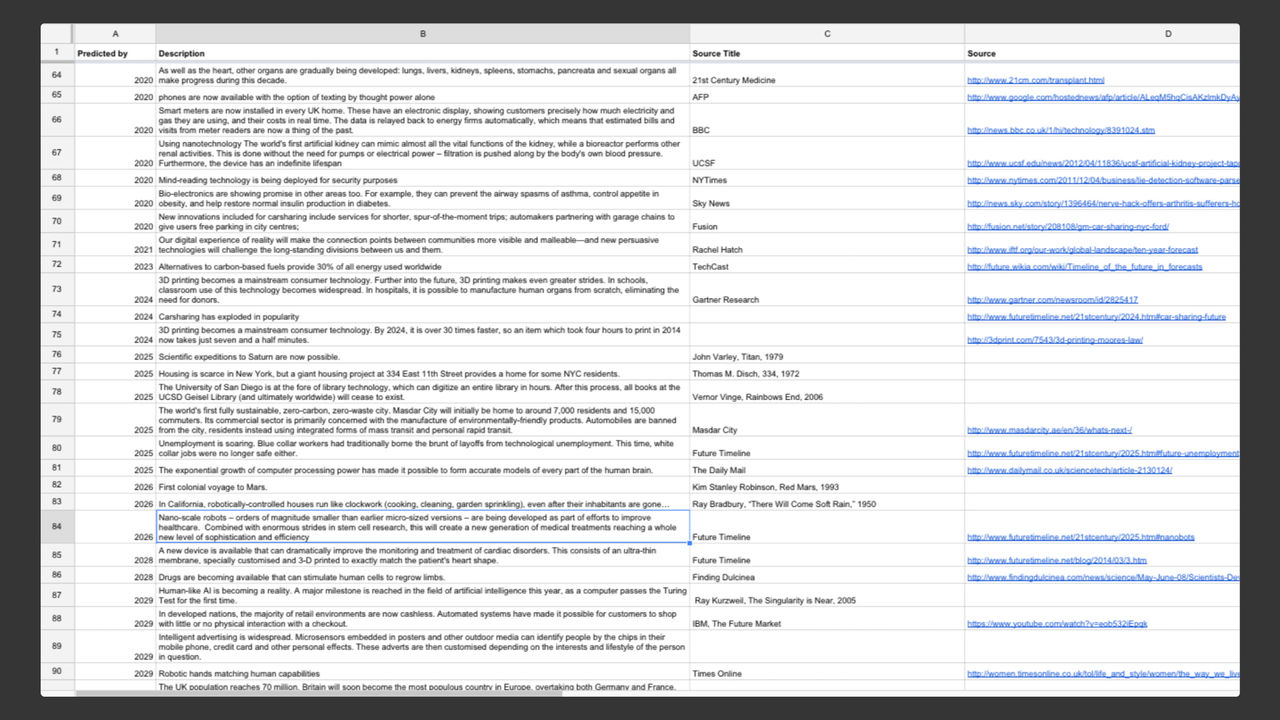
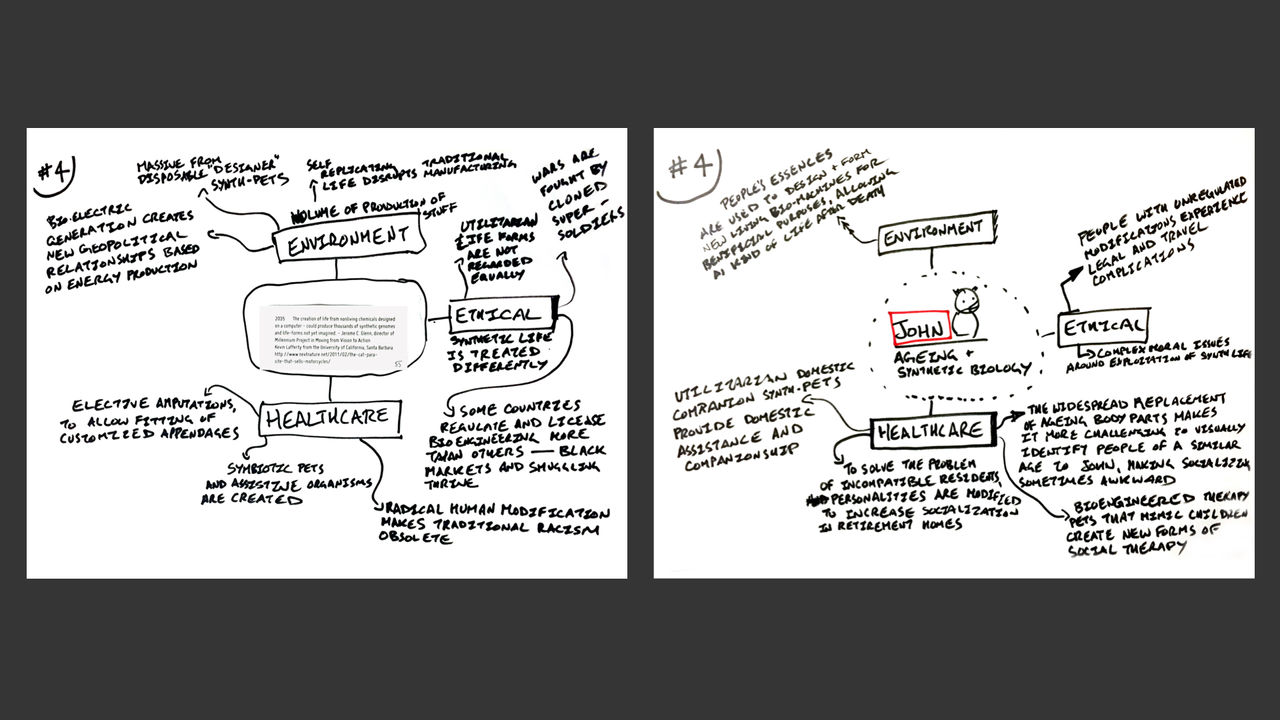
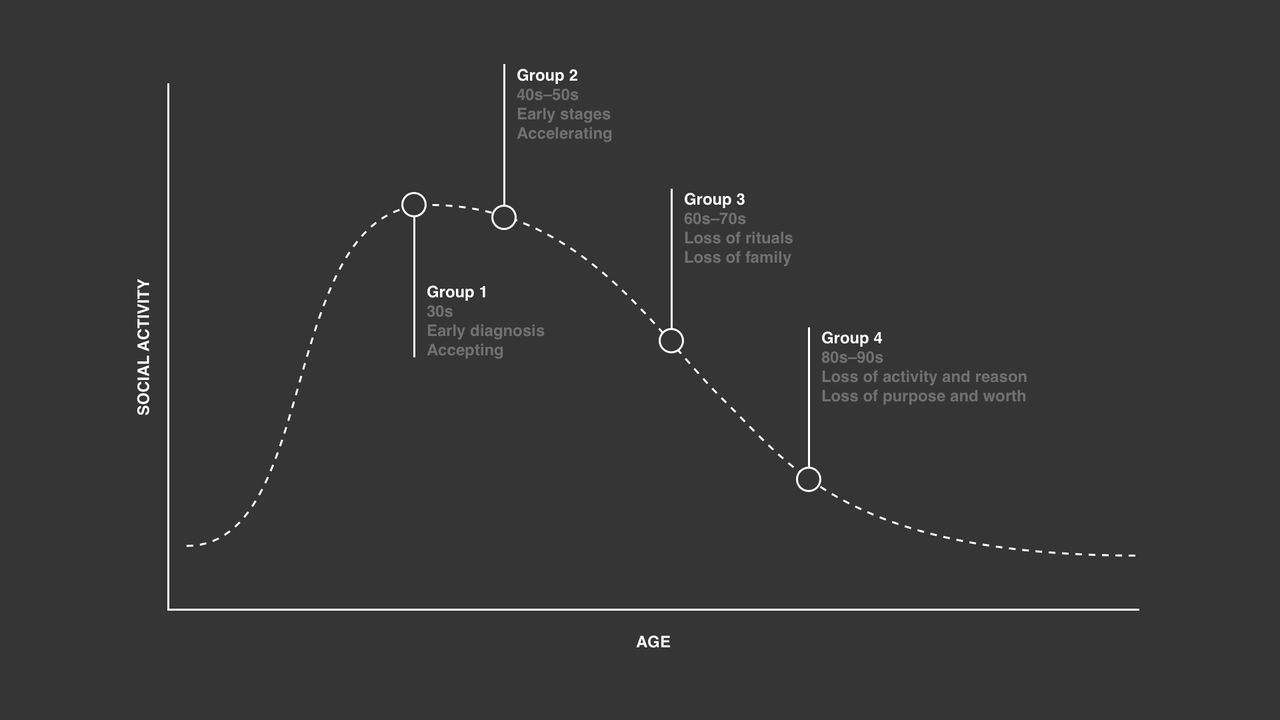
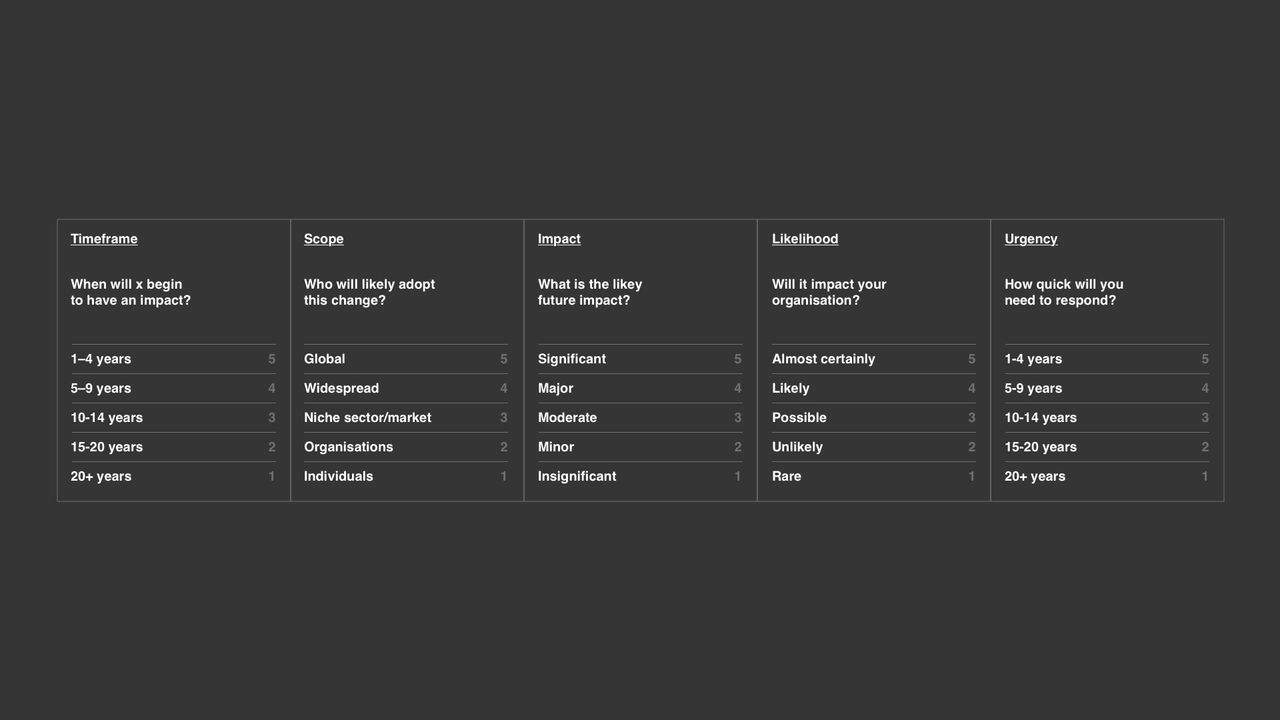

Overview
Philips needed future scenarios and product concepts to spark internal discussions about possible approaches to managing social isolation within the home of the future. Myself and Angela Oguntala were approached by Philips and CIID to lead the process and teach them how to invent meaningful future experiences.
To do this Angela and I combined speculative and people-centered design philosophies by setting up four multi-disciplinary teams who would conduct user research, develop scenarios, design future products, prototype and test with people. We delivered 4 short films that immersed viewers in a possible future and showcased a product or service that challenged current expectations of what a health service can provide, always grounded in people’s lived experiences.
I created a database of futures to use as starting material for the world-building activities. I used a foresight process that works well in design processes (Manoa Scenario Building - W. Shultz) to take the research insights into unknown and unexpected future scenarios. Each starting point is a technological prediction from science, literature and art that includes a date, description and original source.
From this material I guided each group through a process that combines futures wheel and cross-impact matrix tools to understand the direct and indirect consequences of those events and how they might impact one another. Each team rapidly created short scenarios to share, and I worked hard to provide support to ensure each scenario was exciting, provocative, rich in detail, allowed for possibilities, and was relevant to the focus area.
So that Philips could better understand how new products and services might enrich the lives of their customers I used a scoring matrix from strategic foresight throughout the project. The matrix allowed teams and the client to compare the potential impact and relevance of every research finding, concept and prototype as well as final insights.
Using this data Philips selected one area for each group to investigate further and I helped each team develop a more robust scenario and vision, generate multiple concepts and start prototyping quickly. The early prototypes were taken back to research participants for feedback and collaborative evolution.
I provided hands-on creative coding, video-storytelling, film-making and narrative suggestions to each group daily and guided them throughout this unfamiliar process. The best format to easily share all the thinking and work was through 5 minutes films, I helped each group tell their story neutrally. I wanted them to avoid overly positive or negative storytelling to allow the audience to decide. For this I asked each group to create “mockumentaries” that shows a typical day-in-the-life of a person living in their future, the product/service they were using, how it worked, why it was good and bad.
To understand the human implications of future concepts I always try to make viewers slightly uncomfortable with the outcome, to present positives and negatives equally. If the work isn’t obviously utopian or dystopian, viewers need to make that decision for themselves. This triggers them to reflect on their personal values and consider things that might not otherwise. I often describe this as “speculative realism”.
The success of this project meant the Philips team could explore how the healthcare industry can develop a more holistic framework for people’s needs over the next 10-20 years. They also changed the way they approached future concept work after completing this process.